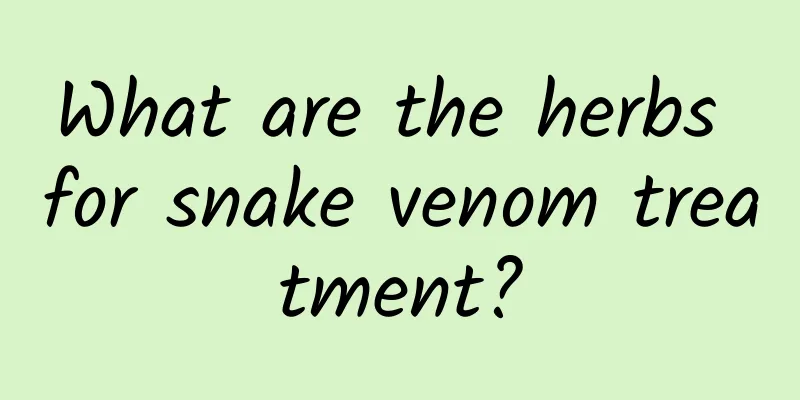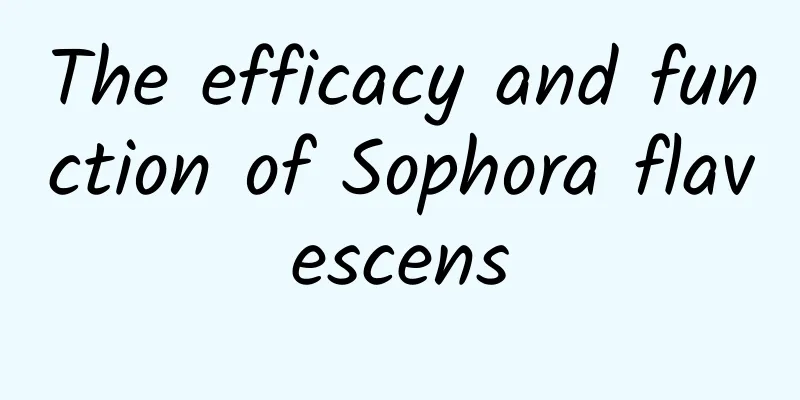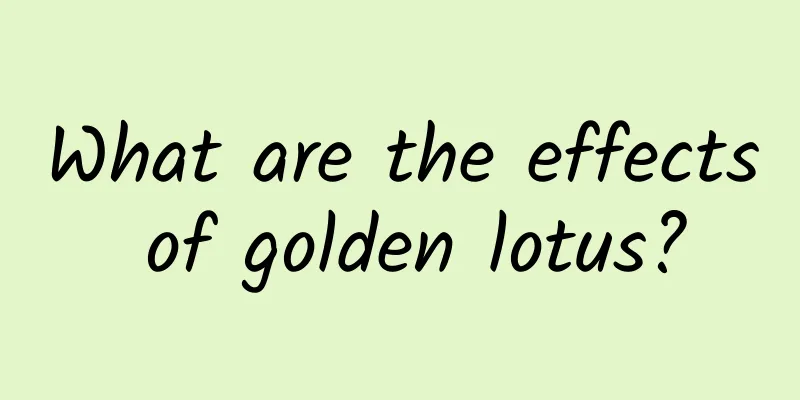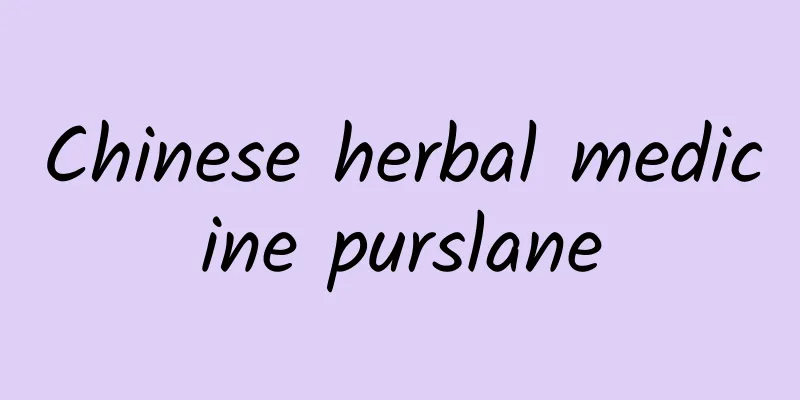What are the herbs for snake venom treatment?

|
Nowadays, more and more people like to go exploring in the mountains. This is mainly because the air quality in the mountains is much fresher than in the city, and it is not so noisy. However, there are many animals in the mountains. The most dangerous of these animals are snakes, and there are also very poisonous cobras. Once bitten, it may endanger your life, so you must collect herbs to detoxify the snake venom. Seven-leafed lily Seven-leaf lotus, also known as seven-leaf lotus, is considered an outlier among plants. Its biggest feature is a flower emerging from a circle of leaves. This is not surprising. What is surprising is that the shape of this flower is very similar to its leaves. It can be divided into two parts, the outer flower and the inner flower. The outer flower is very similar to the leaves, with about six petals, while the inner flower has about eight petals, so you can tell the difference at a glance. As for whether the whorled leaves of the seven-leafed gentian are necessarily composed of seven pieces, the answer is no, and leaves with six pieces are also common. [Alias]: Hua Chonglou, Qiyelou, Tiedengtai, Caoheche, Zaoxiu, Chonglou, Jinpantuolizhi, Caoheche. 【Nature and flavor】: bitter and cool. Slightly poisonous. Meridians: Heart meridian, liver meridian, lung meridian, stomach meridian, and large intestine meridian. 【Function】: Detoxify and fight cancer, reduce swelling and relieve pain, clear away heat and calm the nerves, relieve cough and relieve asthma. [Main indications]: It is used to treat carbuncle, tuberculosis, chronic cough, bruises, snake and insect bites, lymph tuberculosis, osteomyelitis, etc. It is one of the main ingredients of Yunnan Baiyao. 【For external use】: Mash and apply or grind into powder for application. [Source of medicinal materials]: It is the dried rhizome of Paris polyphylla, a plant of the Liliaceae family (Trilliaceae). [Ecological environment]: Grown under forests at an altitude of 1800-3200 meters. In the shade of the forest on the hillside or in the shade and wet places of the grass beside the ditch. [Resource distribution]: Southeastern Tibet, Yunnan, Sichuan and Guizhou. It is also found in Bhutan, Sikkim, Nepal and Vietnam. The main production areas are Guangdong, Guangxi, Jiangxi, Fujian, Shaanxi and Sichuan. [Harvesting and Storage]: It can be harvested throughout the year, sliced, dried, and used raw. [Processing]: Remove impurities, wash, soak, cut into thin slices, and dry in the sun. Dongfengcai Dongfengcai is also known as mountain clam reed, mountain dog, white cloud grass, lump medicine, and grass Panax notoginseng. It is a perennial herb with erect, round stems, smooth base, gradually hairy on the upper part, and denser hairs on the top of young branches. Leaves are alternate; base leaves are heart-shaped, apex is pointed, margins are serrate or compound serrate, petioles are short. The head inflorescence is organized into loose umbels; the involucre is semicircular, with several rows of bracts, a central tubular flower, yellow, bisexual, achenes oblong, and pappus brown-yellow of varying lengths. Flowering period is autumn. Grown on dry sunny hillsides or open fields. Distributed throughout northern, eastern and southern China. [Family] It is the young leaves of the Asteraceae plant Dongfengcai. [Other names] Winter wind grass, fairy white grass, fairy clam reed, Panlong grass, Baiyun grass, sharp-leaved mountain bitter horn, mountain cabbage, small-leaf green, chrysanthemum dark elimination, stomach medicine, mountain clam reed, male and female sword, cold water dan, scald vegetable, wild taro, mountain dog, lump medicine, grass Panax notoginseng, Tubaiqian [Nature and flavor and meridians] Cold in nature, sweet and spicy in taste; human heart, liver, and spleen meridians. [Effects and indications] Clears away heat and detoxifies, promotes blood circulation and reduces swelling, and relieves pain. It is mainly used to treat injuries from falls, snake bites, headaches, sore throats, joint pains and other diseases. [Nutritional ingredients] Every 100 grams contains 76 grams of water, 2.7 grams of protein, 2.8 grams of crude fiber, 4.69 milligrams of carotene, 0.8 milligrams of niacin, and 28 milligrams of vitamin C. 【Dietary therapeutic effects】 1. Enhance human immune function Dongfengcai is rich in carotene and vitamin C, which helps to enhance human immune function and make people healthier. sick. 2. Clearing away heat and detoxifying, promoting blood circulation and reducing swelling. Modern science has discovered that Dongfengcai contains certain substances that have the effects of relieving fever and pain, and promoting blood circulation. It is often used by the people to treat bruises and snake bites. In the article, we have learned what herbs can be used to treat snake venom. In fact, Dongfengcai can treat snake venom. If this traditional Chinese medicine is consumed, it can greatly enhance people's immune system and can also clear away heat and detoxify, so it can effectively control the spread of snake venom. |
<<: What is the effect of Tianxiancao
>>: What are the uses of white Poria cocos?
Recommend
The global chocolate crisis: How can we save the dying cocoa trees?
Compiled by: Gong Zixin chocolate-- The world'...
Cold medicine ingredients
Cold medicine is one of the common medicines in t...
The efficacy and function of raw strychnine
To put it simply, raw strychnine is the seed of s...
The efficacy and function of Melaleuca alternifolia
Traditional Chinese medicine has a history of tho...
Insomnia, what is our body telling us?
Some people say that after the age of 30, you can...
What is the relationship between Qiantang River and Zhejiang?
Qiantang River is famous for its tidal wonders kn...
How are planets in the universe "eaten" by black holes? Where will they go in the end?
Black holes can be regarded as the top celestial ...
Shaxian is the empire of snacks, and Danxia is a world heritage site
Loading long image... Source: Authentic Scenery...
The efficacy and function of Torreya grandis
The essence of traditional Chinese medicine is to...
The efficacy, effects and contraindications of Imperata root
Herbs are very common and are very helpful in tre...
Why is it so difficult to achieve "Internet freedom" at an altitude of 10,000 meters?
At a time when the Internet is highly popular, ma...
Why are young people of this generation suddenly obsessed with "spending money to climb stairs"? !
More and more young people are aware of the impor...
Will you develop color blindness later in life? You must know these misunderstandings
This is the 2552nd article of Da Yi Xiao Hu Color...
Chinese herbs for enhancing sexual function
As men get older, many find that their sexual fun...
The efficacy and function of pig skin
The effects and functions of pig skin can usually...





![[Chasing Dreams among Stars] Zhang Xuan: Solving the Simulation Problem to Build a "Heart" for Satellites](/upload/images/67f0a9938bf7e.webp)



